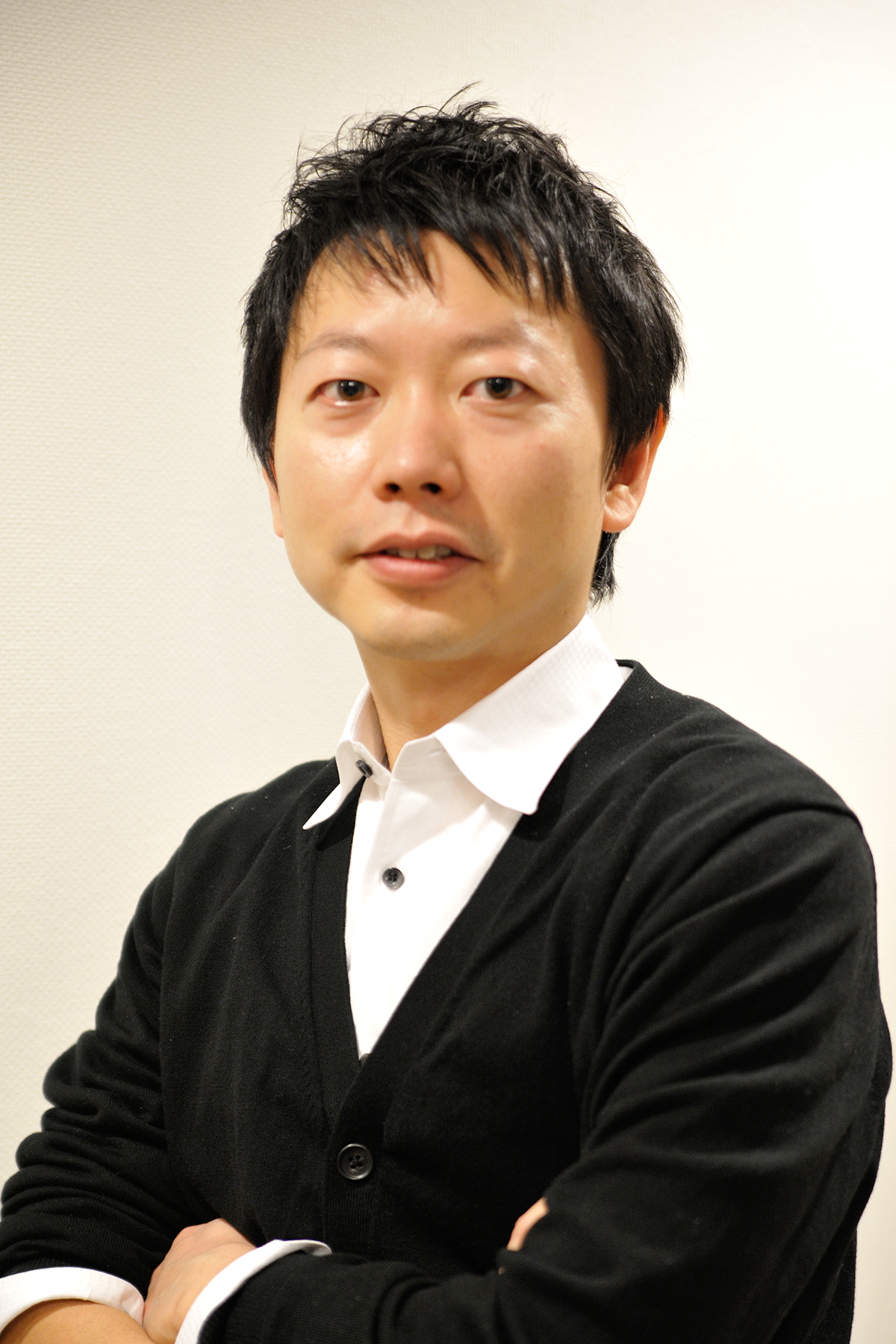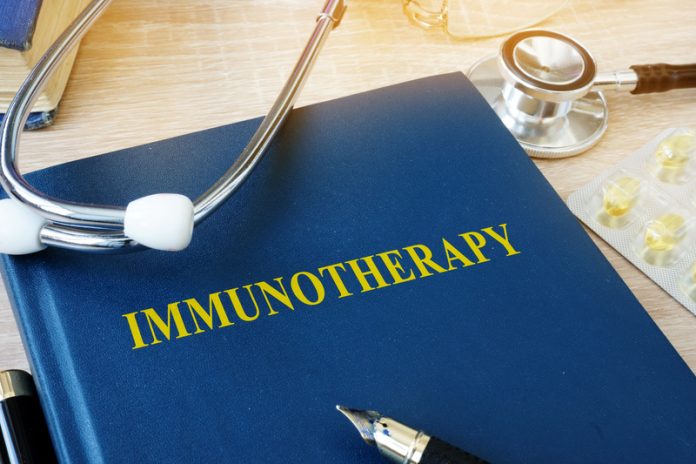Dr Takashi Nakamura from Hokkaido University challenges the potential of nano-tech based drug delivery system (Nano DDS) in the development of next-generation cancer immunotherapy
The appearance of immune-checkpoint inhibitors (ICIs) such as the cytotoxic T-lymphocyte-associated protein 4 (CTLA-4) antibody and programmed cell death-1 (PD-1) has revolutionised the field of cancer therapy. Dr James P Allison and Tasuku Honjo who discovered CTLA-4 and PD-1, respectively, won the 2018 Nobel Prize in Physiology or Medicine. Cancer immunotherapy is currently the hottest field in the world.
However, positive responses by the current ICIs were observed only in a minority of the treated patients and tumour types, and several resistance mechanisms have been identified. The emerging focus is on improving the response rate and overcoming resistance. One possible solution is combination therapies, namely ICIs plus other immunotherapeutic materials or cancer therapies.
Nano DDS is an essential technology in the development of cancer immunotherapy
The leading candidates of immunotherapeutic materials for enhancing combination therapy are tumour antigens (proteins or peptides), adjuvants and nucleic acids (DNA, mRNA, siRNA etc.). However, they are easily degraded, are insoluble and have a low affinity for immune cells, resulting in a failure to induce effective responses. Nano DDS, namely carrier type DDS, can protect and deliver them by incorporating them. It is an era in which the world view in Fantastic Voyage, an SF movie in 1966, can be realised. Many cells and complicated mechanisms are involved in cancer immunity in both a good and bad way.
Thus, restrict control of immunotherapeutic material trafficking is an important issue for inducing desirable immune responses. The protection and delivery of immunotherapeutic material by nano DDS have largely contributed to the promotion of antigen presentation to T cells, the activation of antigen presenting cells (APCs), targeting immune cells, targeting lymphoid organs, etc. We address the control of cancer immunity by original nano DDS technologies.
STING agonist loaded nano DDS drastically enhances cancer immune responses
Stimulator of interferon genes (STING) pathway functions as an innate immune sensor of double-strand DNA in the cytosol. The sensing induces the production of type I interferons (IFNs) that is important cytokine for the activation of cancer immunity. The STING pathway, but not other innate immune sensors such as Toll-like receptors, dominated the spontaneous immune responses against cancer. Therefore, agonists activating STING pathway (STING agonists) represent promising weapon as a cancer adjuvant. DNA and cyclic dinucleotides are STING agonists.
However, nucleotides are negatively charged, which hamper their transport into the cytosol. Thus, the use of STING agonists in cancer immunotherapy has been limited. To achieve the efficient cytosolic delivery of STING agonists, we loaded original nano DDS with STING agonist (we used a cyclic di-GMP). Our nano DDS is lipid nanoparticle (LNP) containing YSK lipids (YSK-LNP). YSK lipids show pH-responsible and high fusogenic activity, leading to efficient delivery of cargos into the cytosol. STING agonist loaded YSK-LNP (STING-LNP) succeeded in inducing type I IFN from APCs, activating APCs and antigen-specific killer T cells. In addition, the treatment of STING-LNP showed a drastic therapeutic effect in the lymphoma-baring mouse model.
On the other hand, some cancer cells escape from the attack by killer T cells by the loss/down-regulation of MHC class I expression. Against such tumours, for example, malignant melanoma, natural killer (NK) cells can be a major effector cell. The intravenous administration of STING-LNP activated NK cells and significantly decreased the number of tumour colony of mouse melanoma lung metastasis. The antitumor effect was NK cell dependent.
Collectively, the successes are first reported and the STING-LNP promises to be a powerful adjuvant system for building strong cancer immunity. We are currently investigating the potential of STING-LNP in anti-PD-1 therapy-resistant tumours.
Nano DDS achieves siRNA-based functional control of immune cells
It is absolutely certain that controlling the function of immune cells at gene level represents high potential and powerful technology. Of course, also in cancer immunotherapy. Controlling gene expression by siRNA can be a promising and reliable strategy.
However, introducing siRNA into immune cells is quite difficult and the uses of virus vectors and special equipment are required. We recently succeeded in the effective gene silencing in mouse and human immune cells by using YSK-LNP. When siRNA was introduced into mouse dendritic cells (DCs), YSK-LNP achieved higher gene silencing than commercially-available siRNA transfection reagent (No. 1 share in the world) and the gene-controlled DC by YSK-LNP enhanced the antitumor effect.
In particular, the commercially-available siRNA transfection reagents are ineffectual against human immune cells, even if cell lines. Nevertheless, the YSK-LNP succeeded in silencing a target gene in excess of 80% at a low dose range of siRNA. The capability to introduce siRNA of YSK-LNP represent at the top level. We are currently advancing research to apply the YSK-LNP to immune cell-based therapies or control immune cells via systemic administration.
Nano DDS strategy toward next-generation cancer immunotherapy
The response rate of cancer immunotherapy is largely dependent on the immune status in tumour microenvironment. For example, the patients show a good response rate in the case of tumour microenvironment having effector immune cells and without immune suppressions.
On the other hand, in the case of tumour microenvironment having less effector immune cells and with strong and complicated immune suppressions, the patients have a bad outcome. That is, we have to design cancer immunotherapy based on the immune status in the tumour microenvironment. The analysis of immune status in the tumour microenvironment has found a lot of resistant mechanisms against cancer immunotherapy.
However, the current technologies such as antibodies and low molecular drugs are a heavy load. We believe that nano DDS largely contribute to overcoming the resistant mechanism and we are addressing a novel nano DDS system for achieving next-generation cancer immunotherapy.

Please note: This is a commercial profile
Takashi Nakamura, PhD
Assistant Professor
Faculty of Pharmaceutical Sciences, Hokkaido University
Tel: +81 (11)706 3918











